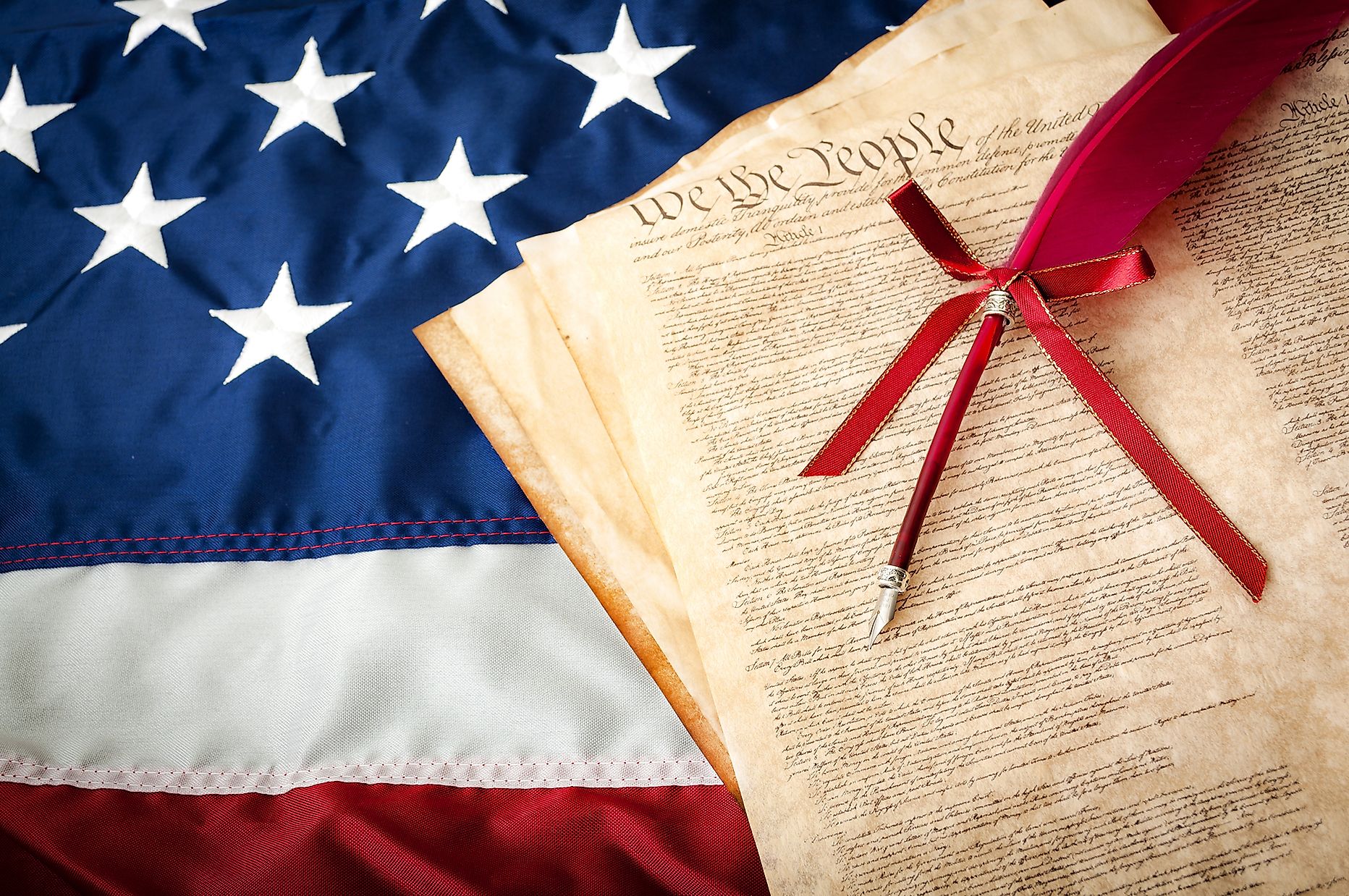

Note: The following text is a transcription of the Stone Engraving of the parchment Declaration of Independence (the document on display in the Rotunda at the National Archives Museum.) The spelling and punctuation reflects the original. Livingston of New York, a member of the drafting committee, never signed the Declaration. Late signers were Elbridge Gerry, Oliver Wolcott, Lewis Morris, Thomas McKean, and Matthew Thornton, who was unable to place his signature with the other New Hampshire delegates due to a lack of space. Although all delegates were not present on August 2nd, 56 delegates eventually signed the document.

The other delegates, following custom, signed beginning at the right with the signatures arranged by states from northernmost New Hampshire to southernmost Georgia.

On August 2nd John Hancock, the President of the Congress, signed the engrossed copy with a bold signature. The engrosser of the Declaration was probably Timothy Matlock, an assistant to Charles Thomson, secretary to the Congress. On July 19th, Congress ordered that the Declaration be engrossed on parchment with a new title, "the unanimous declaration of the thirteen united states of America," and "that the same, when engrossed, be signed by every member of Congress." Engrossing is the process of copying an official document in a large hand. Under the supervision of the Jefferson committee, the approved Declaration was printed on July 5th and a copy was attached to the "rough journal of the Continental Congress for July 4th." These printed copies, bearing only the names of John Hancock, President, and Charles Thomson, secretary, were distributed to state assemblies, conventions, committees of safety, and commanding officers of the Continental troops. Finally, in the afternoon of July 4th, the Declaration was adopted. The congressional revision process took all of July 3rd and most of July 4th. Jefferson drafted the statement between June 11 and 28, submitted drafts to Adams and Franklin who made some changes, and then presented the draft to the Congress following the July 2nd adoption of the independence section of the Lee Resolution. Livingston, and Roger Sherman, with the actual writing delegated to Jefferson. The committee included Thomas Jefferson, John Adams, Benjamin Franklin, Robert R. Although the section of the Lee Resolution dealing with independence was not adopted until July 2, Congress appointed on June 10 a committee of five to draft a statement of independence for the colonies.


 0 kommentar(er)
0 kommentar(er)
